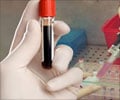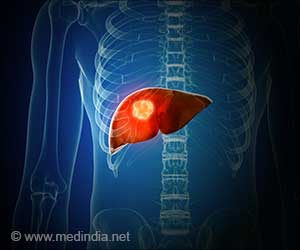A simple, built-in timer intended to improve the accuracy of paper tests and test strips for diagnosing diseases inexpensively at-home and elsewhere has been developed by scientists
A simple, built-in timer intended to improve the accuracy of paper tests and test strips for diagnosing diseases inexpensively at-home and elsewhere has been developed by scientists. Their study appears in ACS' semi-monthly journal
Analytical Chemistry.
Scott Phillips and Hyeran Noh note that so-called point-of-care tests include paper strip tests and others performed at home or bedside instead of in laboratories. They show special promise for improving medical care in developing countries and reducing health care costs elsewhere. When fully developed, these low-cost paper tests may replace more expensive traditional tests for detecting biomarkers in urine, blood, and other body fluids, as well as for detecting pollution in water. Many types of tests that could be used on paper, however, require precise timing using a stopwatch to provide accurate results. The authors cite as an example the CHEMCARD diagnostic test for measuring blood sugar or cholesterol in a drop of blood. It is almost 100 percent accurate when users view test results exactly 3 minutes after placing the drop of blood on the paper. Incorrect timing, however, cuts accuracy nearly in half. Patients (particularly those in the developing world), they indicate, may not have stopwatches or other timing devices, or may not use external timing devices with enough accuracy to obtain meaningful results.
The scientists describe the development of a built-in timer for paper-based diagnostic tests that eliminates the need for a stopwatch. The timer is made from a dye and the paraffin wax used in some candles. Addition of water, blood, urine or other body fluids starts the timer, and a color change signals when the time is up. The device has been modified to emit a buzz or other sound when the time is up, or even glow, the scientists note. When used with a test similar to the CHEMCARD glucose test, the timer was 97 percent accurate, slightly better than when a stopwatch was used.
Source-Eurekalert











